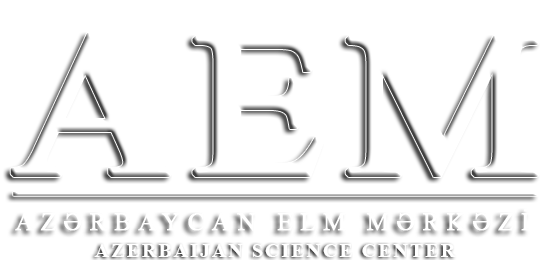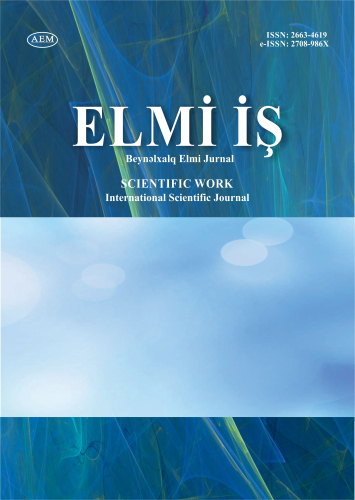DOI: https://doi.org/10.36719/2663-4619/115/334-337
Ramzi Ilyasov
Azerbaijan Technical University
Master student
https://orcid.org/0009-0007-5302-1680
remzi.ilyasov@gmail.com
Integrating Cloud-Based Multi-Factor Authentication (MFA)
Systems Into Mobile Applications
Abstract
This paper examines modern approaches and technological possibilities regarding the integration of cloud-based multi-factor authentication (MFA) systems into mobile applications. MFA enhances user identification by requiring two or more independent credentials, thus strengthening cybersecurity measures. Given the inherent weaknesses of traditional password systems and the rapid proliferation of mobile applications, the adoption of MFA has become critically important. Cloud-based MFA eliminates the need for local servers and offers scalable, flexible authentication services. The article outlines the key components of such systems, including authentication providers, user devices, and API interfaces. It evaluates the primary advantages of this integration in mobile platforms, such as scalability, cost efficiency, and improved user experience through biometric authentication and push notifications. From a technical standpoint, the study explores various implementation methods—such as API/SDK integration, OAuth 2.0 and FIDO2 protocols, and adaptive MFA techniques that adjust based on user behavior and contextual risk. Additionally, it addresses challenges like network dependency, user resistance, and potential security gaps, while offering practical solutions such as offline biometric caching and intuitive user interfaces. Case studies from banking and healthcare industries illustrate the effectiveness of MFA integration in reducing fraud and ensuring regulatory compliance. Lastly, the paper highlights future trends, including AI-driven risk analysis, blockchain-based identity decentralization, and post-quantum cryptographic approaches. The research concludes that when strategically implemented, cloud-based MFA systems significantly improve security in mobile applications while maintaining usability and compliance with modern cybersecurity standards.
Keywords: cloud technology, multi-factor authentication, mobile security, MFA integration, cybersecurity, identification, artificial intelligence

